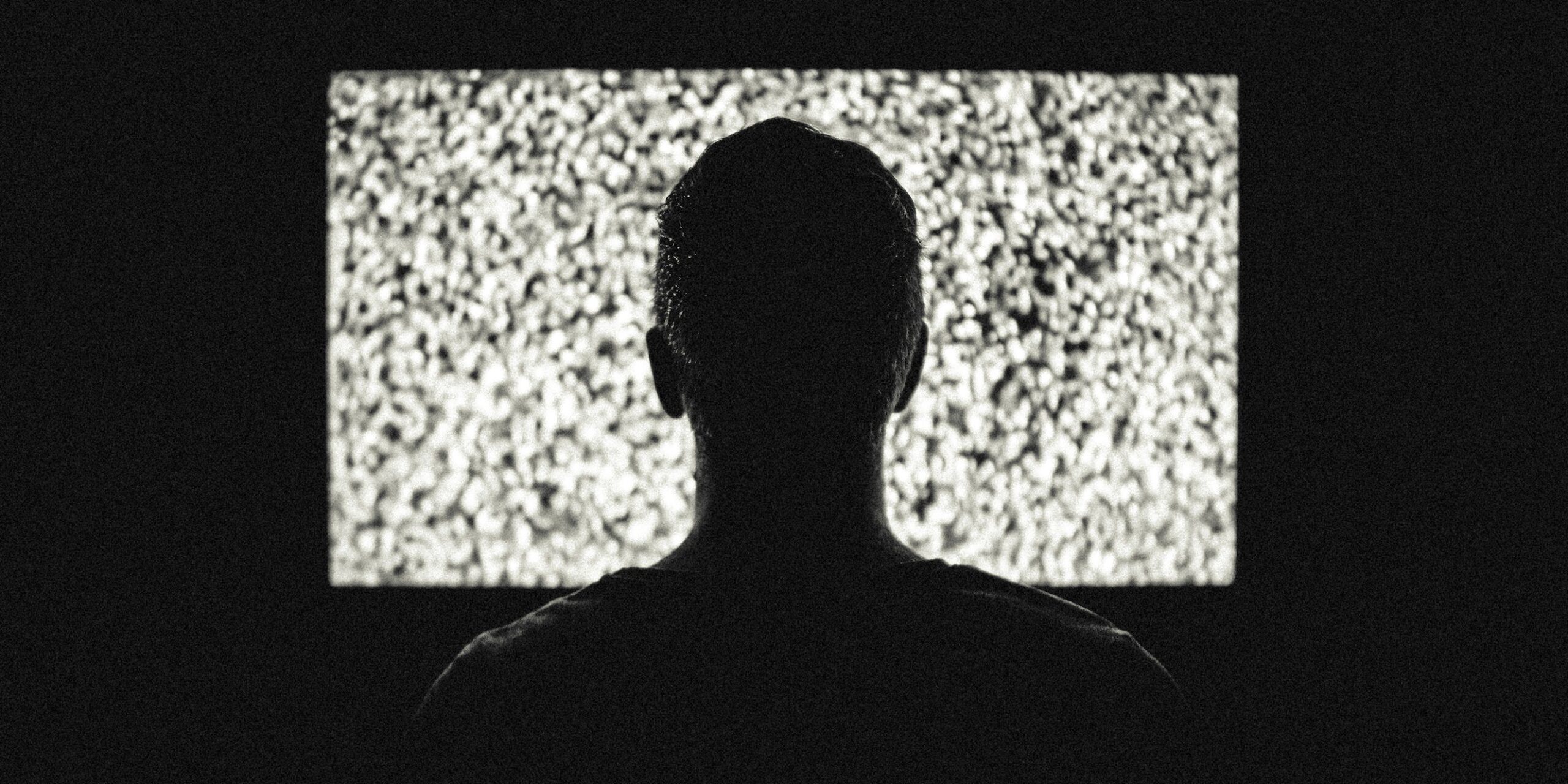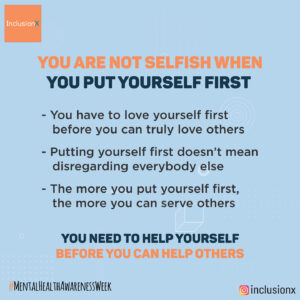Nawal Naz
When I was thinking of an opener for this article, I chose, “Conversations around mental health have improved across all platforms of art and media.” Then I took a quick peek at two lists I had compiled: films that depict depression realistically and films that don’t. The disparity was so glaringly obvious I had to backspace the entire sentence.
Despite the plethora of informative and fun comic strips on the Internet, films, TV shows, and the news has largely avoided conversations surrounding depression. This makes even less sense when you look at the statistics: the ratio of patients suffering from depression outnumber those with psychotic disorders by a factor of six. Worse is the depiction in films that do attempt to showcase it. The most notorious is Silver Linings Playbook, where the bipolar disorder and depression of Pat and Tiffany respectively are effectively distorted into eccentric character traits. The movie egregiously goes so far as to emphasize the healing powers of love and how that newfound sensation is arguably more effective than prescribed drugs.
Another common trope surrounding depression is quite similar to a deus ex machina. Due to some miracle (potential love interest working out, newfound meaning in life, spiritual guidance, and so on), suddenly the life of a depressed person transforms. He works out, he jogs, he goes to work – everything is fine and dandy. Missing in the frames is the struggles throughout therapy and rehabilitation, how supportive psychologists and nurses help patients to recuperate, and how traces of depression remain but do not have control over people. While some people might have linear recovery journeys, most people face far more obstacles during the healing process. Not showing those steps makes those with depression question their progress and feel like they haven’t done enough. Recovery stories are rare and such plots simply demotivate those who are working to combat depression.
Examples for other mental illnesses are manifold: the retro classic Psycho places the blame on the villain’s schizophrenia as the primary reason for their crimes; The Exorcist blatantly equates mental illnesses with supernatural possession of souls. The effect of the former is quite simple – it makes people believe people who are diagnosed with schizophrenia are more prone to sporadic acts of violence, that they tend to lose their sanity in a frenzy. Yet, a book published by the APA confirms that shootings by people with serious mental health issues represent less than 1% of all gun-related homicides annually. The impact of the latter example is slightly more subtle. Most people tend to dismiss supernatural phenomena, disbelieving it or laughing it off. Comparing mental illnesses to being possessed by the devil is a cheap joke at the patients suffering from the ordeals. What’s more nefarious is the idea that spiritual cures, exorcisms, and religious sermons can cure mental illnesses. The combined effect is fewer and fewer people choosing to help themselves by seeking therapy or necessary drugs, perpetuating the stigma even further. It’s not just popular culture that’s guilty, however; the news contributes to the sensationalization of cases where mentally ill patients were violent, calling violent offenders disparaging terms such as “crazy” and deeming the condition responsible for the crime.
But the gravest sin by far is to send the message that there are “markers” or visible signs of depression. Disheveled hair, hollow eyes, and rumpled clothes? Depressed. Clean face, fragrant smell, and a wide grin? Not depressed. Cases such as Sushant Singh Rajput and Chester Bennington prove how depression can be deceptively concealed. There’s neither a dress code nor a reason for depression, and advertising otherwise is a dangerous notion to disseminate and a terrible form of misrepresentation.
All of this still doesn’t explain why depression gets so little screen-time and why screenwriters royally botch the narratives during its brief moments on cinema. To understand why we must think about the nature of depression.
The excuse most directors get away with is the age-old adage: that mainstream media’s job is to entertain, not educate. I won’t name all the trending informative comedy shows all around the world. Cinema thrives on being able to build up suspense or drama. It follows the Shakespearean plot of deliberately manufacturing a conflict and gives readers the satisfaction of resolving it smoothly. Ailments such as obsessive-compulsive disorder (OCD), split-personality disorder, and schizophrenia boost ticket sales because violence sells. Having a character stab a pregnant doctor sells. A detective who is meticulous with great attention to detail owing to his crippling OCD sells because it sounds like he’s conquering his illness. In reality, it shies away from conversations surrounding the difficulties the characters may face. Depression is masked much better than other diseases. The battles conquered are far more minuscule, involve introspecting deep within one’s mind, and surviving even the most mundane tasks. Thus, writers don’t dig deep to find the real story and are often lazy and not curious. So all they show is a monologue of a person stuck to their bed.
That doesn’t mean good examples don’t exist. Characters such as Carrie Mathison in the TV series Homeland and Tony Soprano in The Sopranos unpack their depressive episodes throughout the series. Films like Melancholia and Inside Out are widely known for their realistic portrayals of depression. My personal favorite is the ironic but honest humor in Bojack Horseman, which shed light instead of laughing at sufferers. But it isn’t enough. To reduce the taboo, it is critical to use mental-health terminology with precision and expertise and to show treatment options. If mental illness was used only when it is relevant to the story, it can be fairly shown with the input from specialists during film production. More and more characters must be shown to overcome their hurdles, slowly but surely.
Being depressed is bad enough already. The least we can do for those fighting their inner demons every day is to present their stories in their truest forms. They deserve that.
Sources:
https://health.usnews.com/…/how-mental-illness-is…https://www.independent.co.uk/…/depicting-depression-a…
Project funded by EMK Center
#Coronavirus#MentalHealth#InclusionX#EMKCenter#করোনাভাইরাস#মানসিকস্বাস্থ্য
Nawal is the leader of an Arctic Monkeys cult. When she’s not busy dreaming about pizza, she writes. Find her whining at purnotanaz01@gmail.com



